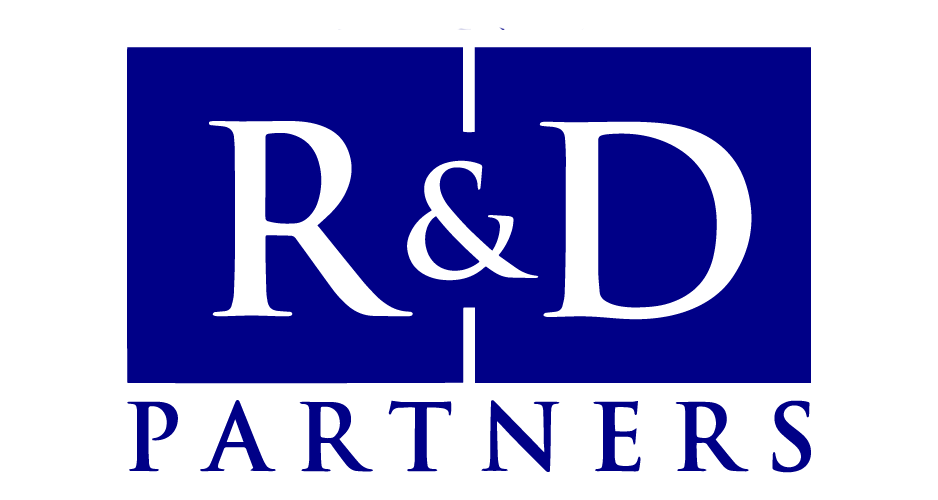COVID-19 Funding and SRED: Best Practices for Canadian Companies
Over the past few months, we’ve seen various levels of government create many new funding programs for Canadian companies that were hit hard by COVID-19 or the necessary lockdown measures. This has affected nearly every industry, from the biggest industrial manufacturers to our favourite local restaurants and independent coffee shops. However, receiving this funding is not the end of the journey. For many innovative Canadian firms, getting ready to file a SRED claim for 2020, the influx of government subsidies and other supports brings confusion about how these funding programs interact with the SRED claim.
As a general rule, any government funding that a company receives and that goes towards their R&D expenditures must be deducted from the amount they include in their SRED claims. This is to avoid what is commonly called “double-dipping”, which happens when the same expenses are covered by two or more different sources of government aid. Moreover, stacking rules as specified by each funding program must also be adhered to. As your company prepares its SRED claims, forgetting to deduct non-repayable COVID-19 pandemic support from your SRED-eligible expenses could end up costing you time and money, especially if an audit is conducted. Below, you will find important information about two of the most important Federal Government coronavirus relief programs and how they may interact with your SRED claims:
1. Canada Emergency Wage Subsidy (CEWS)
This wage subsidy has already seen a few different iterations in its short existence. This corner stone of the federal COVID-19 support strategy has distributed over $60 billion to Canadian companies to date and will continue to approve applications until at least June 2021.
You may have accessed the full 75% wage subsidy in its early months, and then, depending on your industry and how much it was affected by COVID-19, seen your subsidy rate go up or down with the introduction of the base and top-up subsidies system that allowed some businesses to cover up to 85% of their eligible salaries.
When it comes to R&D expenditures, the principle of how to treat the CEWS funds remains the same, regardless of the claim month and exactly which proportion of your employees’ salaries was subsidized. However, individual calculations will vary greatly. You will need to keep a few key things in mind:
- You only need to deduct the amounts of the wage subsidy that apply to employees that are actively engaged in research and development activities; and
- You only need to deduct the amounts of the wage subsidy that are proportionate to the amount of time your employee actually spent on research and development activities in a given month.
Here is a practical example: Let’s consider a company that has 10 employees and benefited from a 75% wage subsidy from CEWS in April 2020. Each employee’s salary amounts to $1,000 a month, bringing the total CEWS amount the company benefited from for April to $7,500.
10×(0.75×$1,000)=$7,500
However, that month, only three employees spent time on research and development activities the company can include in their SRED claim. Therefore, only $2,250 would need to be deducted from eligible SRED expenses at most, and that is if all three employees spent 100% of their time on eligible R&D activities that month.
3×(0.75×$1,000)=$2,250
Say two of these three R&D employees spent 50% of their time that month on eligible activities, with the last spending 75% of their time on eligible SRED work. For our first two, you would only need to deduct $375 each, and for our last eligible employee $562.5.
50%×(0.75×$1,000)=$375
75%×(0.75×$1,000)=$562.50
(2×$375)+$562.50=$1,312.50
In total, you would have to deduct a total of $1,312.5 from April expenses from your total SRED claim to account for the monies received from CEWS that month and avoid any double dipping. Repeat this process for every month you received CEWS and conducted eligible R&D. This will give you the total amount you need to deduct from your claim for the financial year. Do not forget that your CEWS rate will vary from month to month and make sure to adapt your calculations accordingly.
(2×$375)+$562.5=$1,312.50
2. Canada Emergency Business Account (CEBA)
This program was initially introduced as a $40,000 interest-free loan with the possibility of up to $10,000 of that loan amount being forgiven if the remainder is repaid by December 31, 2022. On December 4, 2020, the total loan amount was increased to $60,000, with now $20,000 eligible for complete loan forgiveness.
While it is officially a government loan administered by various local financial institutions across Canada, the potentially non-repayable portion of CEBA should generally be treated like a grant at this time for tax accounting and purposes (this can be reversed if the loan is not repaid on time and the grant portion is thus lost). This grant portion is a form of government funding that should be deducted in the year it is expected to be received and could impact other government funding. The R&D tax credit expenditures are reduced by government aid that is associated with R&D activities and this may include both grants and loans with “noncommercial” terms, as long as the government aid is directly associated with these R&D expenditures.
The important element to keep in mind with respect to interaction of financial aid and the SRED tax credit program is that any government or non-government aid your business benefited from that is directly associated with the SRED expenditures must be taken into account. Complex and often competing stacking rules for each program must be considered as well. This includes the programs mentioned above and the many other COVID-19 and other government incentives, even if we did not specifically mention them in this short overview.
How R&D Partners can help:
If you have any questions about SRED or COVID-19-related government funding, or if you are considering submitting a SRED claim, do not hesitate to contact me, Mike Lee, at R&D Partners:
1-800-500-7733, 110
mlee@rdpartners.com
